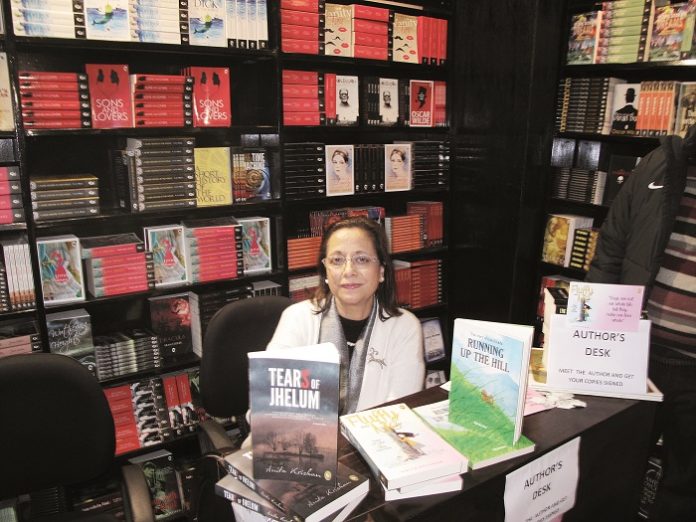
The 25th edition of the New Delhi World Book Fair (NDWBF) opened at Pragati Maidan in New Delhi on 7 January 2017. Now in its 44th year, the book fair is a major calendar event for book lovers as well as stakeholders like publishers and booksellers. The NDWBF, is co-organized by the National Book Trust (NBT), an autonomous body affiliated to the HRD Ministry and India Trade Promotion Organisation, which is affiliated to the Ministry of Commerce. NBT is committed to the promotion of books as well as the habit of reading mainly among the youth of the country.
A great platform for publishing industry stakeholders
The publishing industry in India is projected to grow at a rapid pace and the NDWBF offers participants a unique opportunity of doing business with this growing industry. In recent years, the Indian publishing industry has been able to buck a global trend wherein print publishing is fading due to the shift towards accessing books online. In India, the print industry has been growing in double digits and promises to sustain, if not improve, upon that growth. The interest remains largely due to the inherent desire of Indians to choose physical copies of books despite the availability of digital options.
The response to this year’s world book fair was encouraging right from the very first day, with a large chunk of the crowd consisting of the youth, teenagers and smaller children accompanied by their parents.
These are exciting times for stakeholders to promote titles and close major trade deals. Many international publishers took part in the event, where numerous literary and publishing conferences and programs were held, offering opportunities to authors and publishers alike.
At the Cambridge University Press stand, national head of sales (Academic), Raju Dutta, sounded pleased with not just the footfall but even sales. According to him,demonetization appeared to have little impact on the sales as people were willing to make online transactions. At the FingerPrint Publishing stand, the Author’s Desk was occupied by Anita Krishan, author of the book Tears of Jhelum. Even while speaking to reporters, she signed away books bought by youngsters eager to understand the problem afflicting the beautiful valley. Visitors and book enthusiasts thronged the book stands in large numbers, making cash registers ringing.
Good attendance at author’s corner
NDWBF’s signature platform for authors—Author’s Corner—witnessed robust attendance in all the sections with participants seriously attending panel discussions. In one of the panel discussions on the Hindi edition of the book Childhood of Kalam, Piyush Kumar of Prabhat Publications spoke at length about the former president, APJ Abdul Kalam, and why he was keen to see his work published in Hindi in addition to Tamil and English. According to Kumar, Kalam appreciated the immense impact of this huge demography, which not only accounts for more than half of India’s population but is also significant globally.
In yet another Author’s Corner in the section devoted to women writers, the panel discussion entitled ‘Hindi ka digital avatar’ and moderated by NBT’s Gajendra Sharma, eminent Hindi writers like Balram Agarwal and others spoke about the importance of the digital platform. They unanimously recognized the trend and appreciated the reach and power of the digital platform in the present time. Sharma shared that NBT’s eBook store has drawn over 3,000 writers, 1.5 lakh readers and 15 lakh downloads ever since it was launched in 2014. Panel members also spoke about the need for shorter paragraphs to adjust to the eBook readers’ environment and even advised writers to focus more on short stories. Among other advantages of the digital platform, they pointed out faster reader feedback via eMail and social media.

















